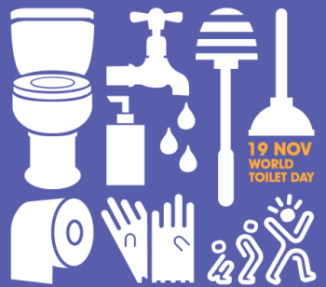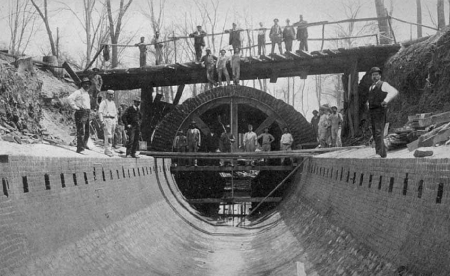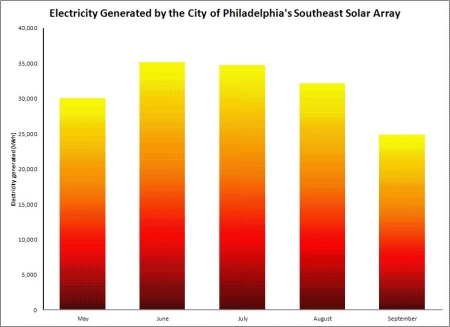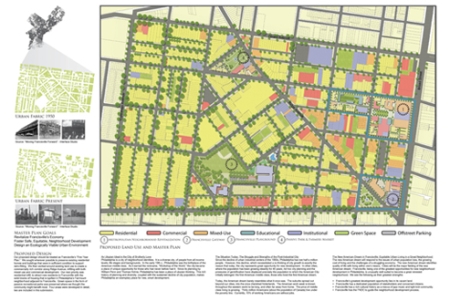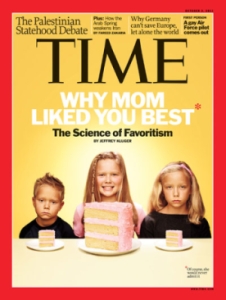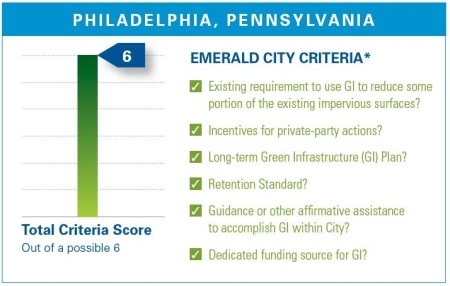
Image: NRDC
In a report released yesterday by the Natural Resources Defense Council (NRDC), Philadelphia received top honors as the national leader in green infrastructure. Rooftops To Rivers II, a follow-up to a 2006 report, assessed the green infrastructure solutions undertaken by 14 cities in the U.S. and Canada. Only Philadelphia received a perfect score, meeting all six criteria for the environmental action group's "Emerald City" rating. Other cities examined in the report include New York City, Portland, Ore., Toronto, Milwaukee, Syracuse, Seattle and Washington, D.C.
Green infrastructure—which includes rain gardens, green roofs, porous paving and stormwater tree trenches that help manage runoff and mitigate sewage overflows into rivers and streams—is the backbone of the Philadelphia Water Department's Green City, Clean Waters plan. The Rooftops To Rivers II report highlights the long-term plan's extensive environmental and economic benefits that earned Philly its perfect score:
"Over the next 25 years, Philadelphia is committed to deploying the most comprehensive urban network of green infrastructure in the United States. Philadelphia's Green City, Clean Waters plan, recently approved by state regulators, requires the retrofit of nearly 10,000 acres ... to manage runoff on-site; relies on green infrastructure for a majority of the required [combined sewer overflow] reductions; calls for the investment of more public funds in green infrastructure (at least $1.67 billion) than in traditional gray approaches; and leverages substantial investments from the private sector."
Emerald City status achieved. But we really should do something about that impervious yellow brick road .
